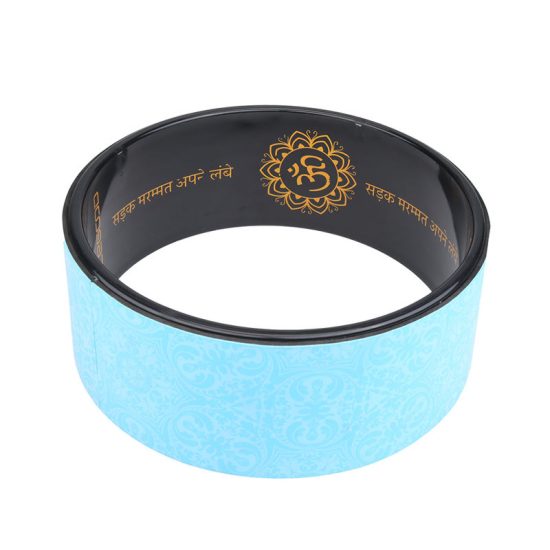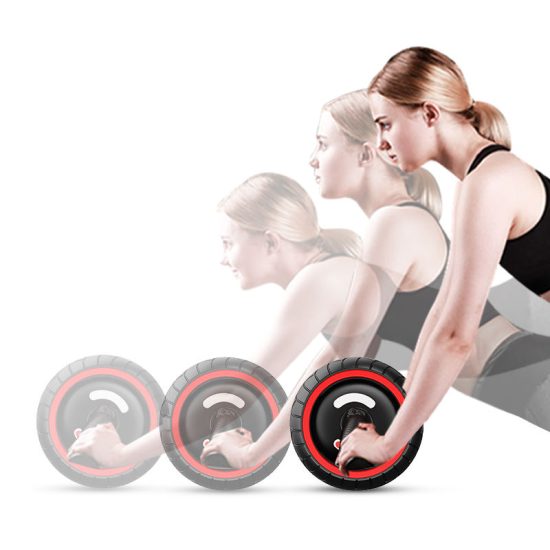Certainly! Let’s take a deep dive into yoga blocks, exploring their types, uses, benefits, and some tips for incorporating them into your yoga practice.
Types of Yoga Blocks:
- Foam Blocks:
- Material: Lightweight foam.
- Benefits: Soft and supportive, ideal for beginners or those with sensitivity. They provide a bit of give for added comfort.
- Cork Blocks:
- Material: Sustainable and firm cork.
- Benefits: Durable and stable, cork blocks offer a solid surface, making them suitable for advanced practitioners or those seeking a more grounded feel.
- Wooden Blocks:
- Material: Solid wood.
- Benefits: Sturdy and aesthetically pleasing. Wooden blocks are often used for their natural feel and durability.
- Recycled/Eco-Friendly Blocks:
- Material: Made from recycled materials.
- Benefits: Environmentally conscious option, often available in various shapes and sizes.
- Brick-Shaped Blocks:
- Shape: Rectangular like a traditional brick.
- Benefits: These provide stability and support and are great for grounding poses.
Uses of Yoga Blocks:
- Support in Standing Poses:
- Place blocks under your hands in standing forward folds or under your feet in poses like Triangle for added support.
- Alignment Assistance:
- Use blocks to bring the floor closer, helping maintain proper alignment in poses like Half Moon or Revolved Triangle.
- Seated Poses:
- Sit on a block to lift the hips in seated poses, promoting a straight spine and easing discomfort.
- Balancing Poses:
- Use blocks for stability in balancing poses like Ardha Chandrasana (Half Moon) or Virabhadrasana III (Warrior III).
- Backbends:
- Support your backbends by placing blocks under your hands in poses like Urdhva Dhanurasana (Wheel Pose).
- Restorative Poses:
- Incorporate blocks in restorative yoga for added comfort and relaxation in poses like Supported Child’s Pose.
- Prenatal Yoga:
- Modify poses and provide support for pregnant practitioners in various poses, ensuring safety and comfort.
Benefits of Yoga Blocks:
- Accessibility:
- Make challenging poses accessible to all levels of practitioners by using blocks to modify and adapt.
- Injury Prevention:
- Provide additional support, reducing the risk of injury, especially for those with physical limitations.
- Customization:
- Tailor your practice to your body’s needs by adjusting the height and placement of blocks.
- Increased Flexibility:
- Gradually work on flexibility by using blocks to ease into deeper stretches.
- Improved Alignment:
- Use blocks to encourage proper alignment, fostering a more effective and safer practice.


- Use blocks to encourage proper alignment, fostering a more effective and safer practice.
